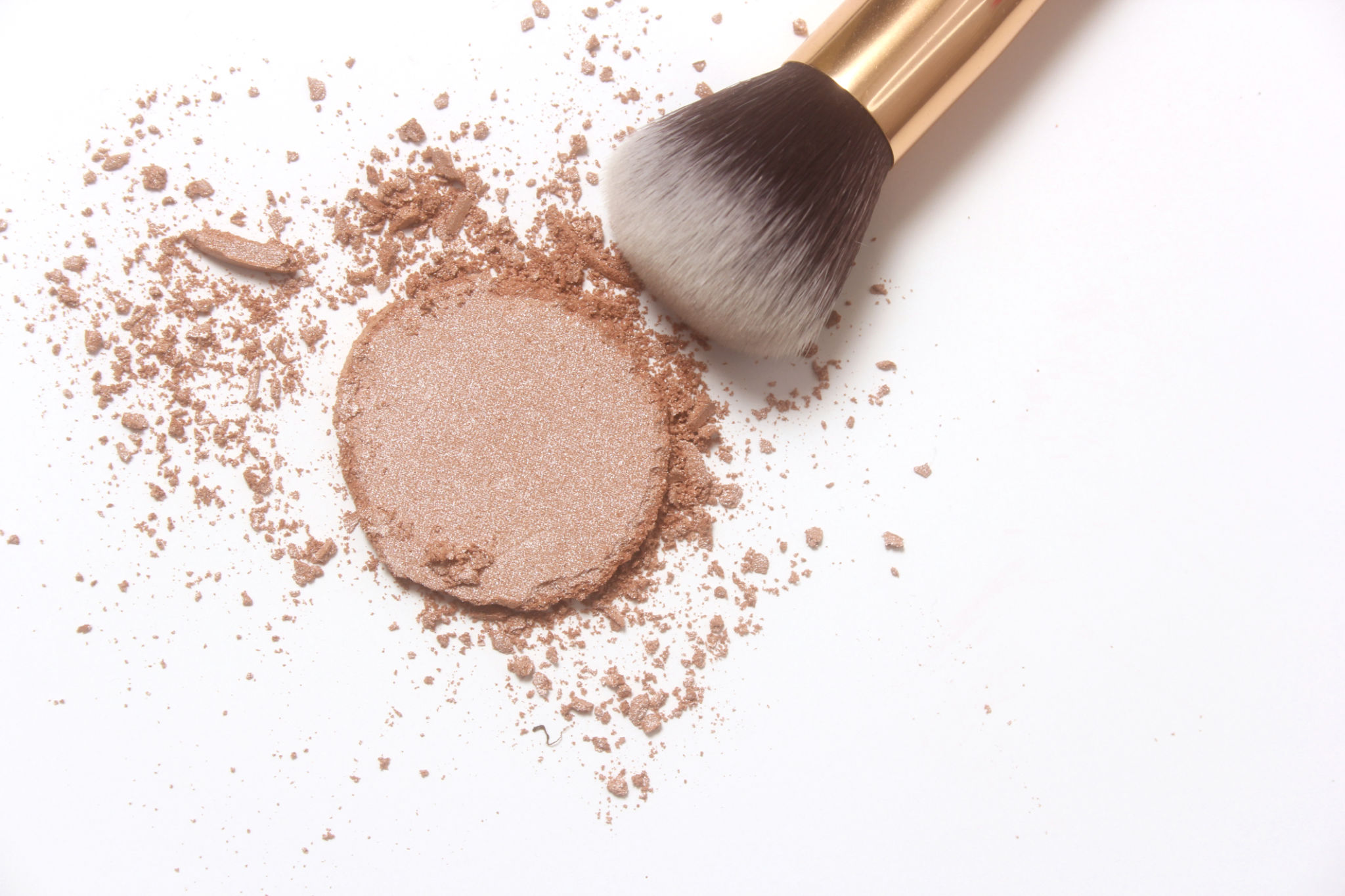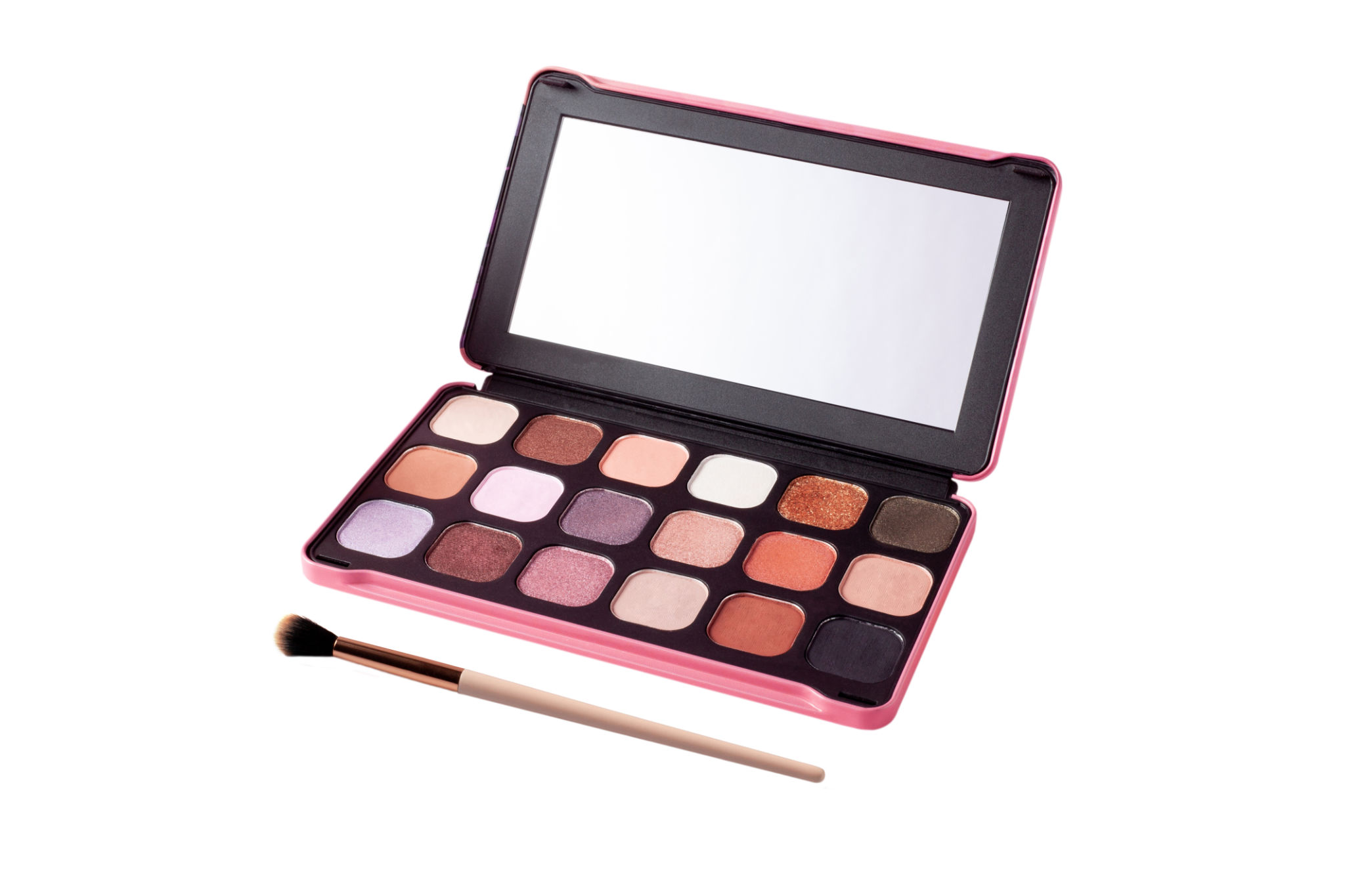Exploring the World of Cosmetic Pigments: How to Create Vibrant and Safe Products
Understanding Cosmetic Pigments
Cosmetic pigments are the heart and soul of beauty products. They bring vibrant colors to lipsticks, eyeshadows, foundations, and more. In essence, they are finely milled powders that impart color when added to cosmetic formulations. The world of cosmetic pigments is vast, with a variety of options ranging from natural to synthetic. Understanding these pigments is crucial for creating products that are not only visually appealing but also safe for consumers.
There are two primary categories of pigments used in cosmetics: organic and inorganic. Organic pigments are carbon-based and provide bright, vivid colors. In contrast, inorganic pigments are typically derived from mineral compounds and are known for their durability and stability. Selecting the right pigment can significantly impact the performance and safety of a cosmetic product.

The Role of Safety in Cosmetic Pigments
Ensuring product safety is paramount in the cosmetic industry. Cosmetic pigments must adhere to stringent regulatory standards to ensure they are non-toxic and safe for skin application. Regulatory bodies like the FDA in the United States and the European Commission in Europe have set guidelines for the permissible use of specific pigments in cosmetics.
Manufacturers must test cosmetic pigments for heavy metals, allergens, and other potential contaminants. This ensures that the final product is safe for consumers and minimizes the risk of adverse reactions. Through robust testing and compliance with regulations, the beauty industry can maintain consumer trust and uphold safety standards.

Creating Vibrant Cosmetic Products
To create vibrant cosmetic products, it is essential to understand the properties of different pigments. This includes their color intensity, opacity, and how they interact with other ingredients. The choice of pigment can affect not only the hue but also the texture and finish of the final product. For instance, mica-based pigments can add a shimmering effect, while matte pigments provide a more subdued look.
Blending pigments is an art form in itself. By mixing different pigments, unique shades can be achieved, allowing for a diverse product range that caters to various skin tones and preferences. Creativity in pigment selection and blending is vital for developing innovative products that stand out in the competitive beauty market.

Natural vs. Synthetic Pigments
The debate between natural and synthetic pigments is ongoing in the beauty industry. Natural pigments are derived from plant, animal, or mineral sources and are often perceived as safer or more environmentally friendly. However, they may lack the vibrancy and stability of synthetic alternatives.
Synthetic pigments, on the other hand, are created through chemical processes and offer a broader range of colors with consistent quality. They can provide intense hues that are difficult to achieve with natural sources alone. The choice between natural and synthetic depends on brand philosophy, target audience, and desired product characteristics.
Innovations in Cosmetic Pigments
Innovation continues to drive the development of cosmetic pigments. Advances in technology have led to the creation of new pigment varieties that offer enhanced performance features such as improved lightfastness, heat resistance, and skin adhesion. These innovations allow manufacturers to develop highly pigmented products with superior wearability.
Moreover, there is a growing interest in sustainable and eco-friendly pigments. Researchers are exploring biodegradable options that reduce environmental impact without compromising on quality or safety. This aligns with the increasing consumer demand for sustainable beauty products.

Conclusion
Exploring the world of cosmetic pigments reveals a rich landscape of color possibilities and safety considerations. By understanding pigment properties and adhering to safety standards, manufacturers can create vibrant, innovative products that captivate consumers while ensuring their well-being. As technology advances, the future holds exciting potential for even more diverse and sustainable pigment options in the beauty industry.
